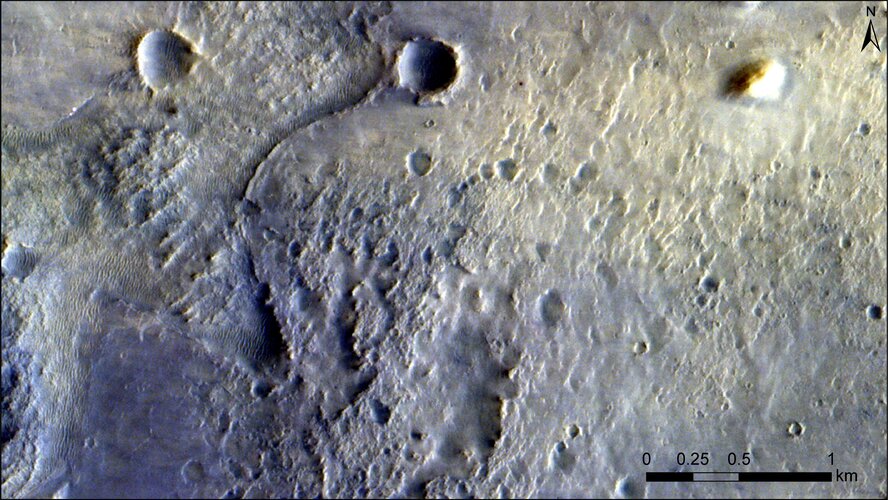The rover landed on Mars on 18 February 2021, and was first identified in images from NASA’s Mars Reconnaissance Orbiter.
Perseverance will explore the Jezero Crater region of Mars, which is thought to have once hosted a lake, searching for signs of past microbial life. It will collect and cache samples of martian rocks and soil for subsequent missions to collect and return to Earth as part of the joint ESA-NASA Mars Sample Return campaign.
The ExoMars Trace Gas Orbiter provided significant data relay services around the landing of Perseverance, including supporting the return of the videos and imagery taken by the mission’s onboard cameras during the descent of the rover to the surface of Mars. The orbiter will continue to provide data relay support between Earth and Mars for NASA’s surface missions, and for the next ExoMars mission, which will see the European Rosalind Franklin rover and Russian Kazachok surface platform arrive at the Red Planet in 2023. At the same time, the Trace Gas Orbiter continues its own science mission, focusing on analysing the planet’s atmosphere with a special emphasis on searching for gases that may be linked to active geological or biological processes.



